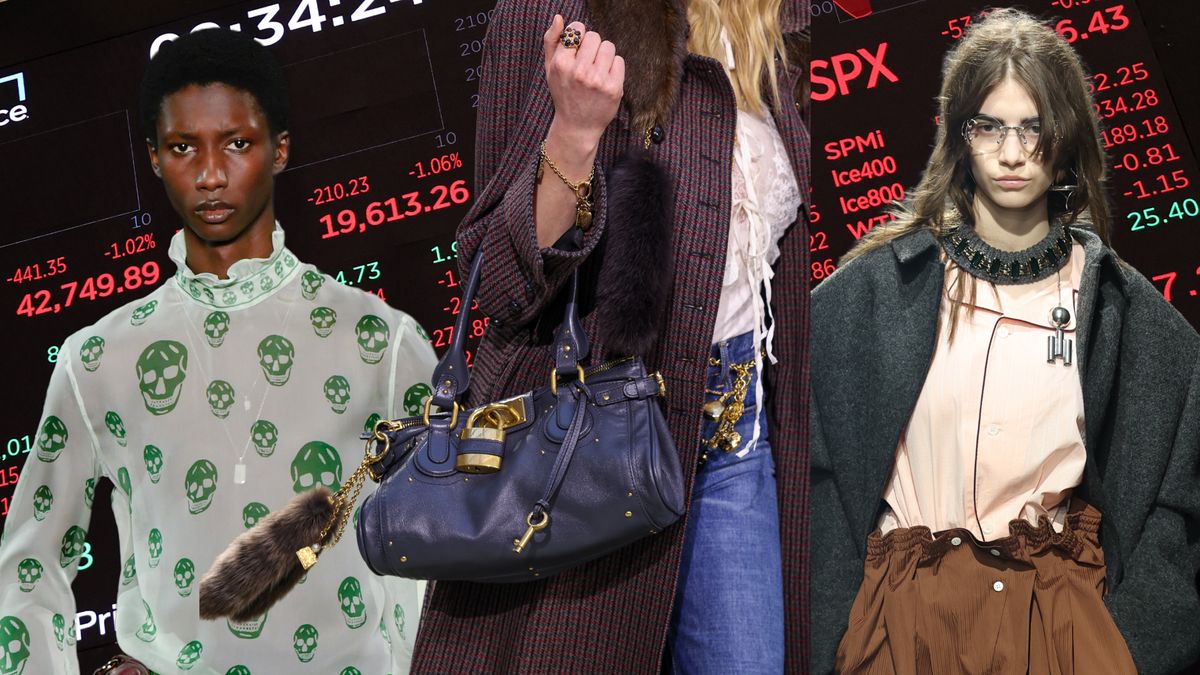2025 Recession Indicators Hit Fashion and Wall Street at Once

Decoding the Runway: Are Fashion Trends Predicting a Recession?
Whispers of Uncertainty in the Financial World
The economic winds are shifting, and not in a favorable direction. The S&P 500 took a tumble, CFOs are feeling pessimistic, and looming tariffs threaten to further destabilize the market. Business journalists and financial experts are sounding the alarm, but are there other, more subtle indicators of a potential recession in 2025?
Fashion's Unexpected Role as an Economic Bellwether
Believe it or not, the fashion world often provides a unique lens through which to view economic trends. Beyond the headlines and stock market tickers, runway collections and consumer spending habits can offer tangible clues about the financial climate. Some trends, like the rise of corporate suiting and the lengthening of hemlines, have historically mirrored economic downturns.
The re-emergence of styles popular during the 2008 recession, such as Chloé's Paddington bag, Alexander McQueen's skull print, and Prada's necklace necklines, has sparked discussions among fashion editors, labeling them "recession indicators." While these resurrected trends may evoke memories of a challenging economic period, they aren't as reliable an indicator as broader shifts in consumer preferences.
The Return of Minimalism and Practicality
A more telling sign of economic uncertainty lies in the rising popularity of practical, minimalist styles. Searches for simple suiting, neutral colors, and conservative hemlines are surging, mirroring trends observed during the mid-2000s. Madé Lapuerta, a search behavior analyst, points to a significant increase in searches for "maxi skirts," "minimalist," and "corporate" styles.
These trends reflect a shift away from extravagant spending and towards a more budget-conscious approach to fashion. When everyday essentials become more expensive, consumers prioritize versatile, cost-effective pieces that offer longevity and style.
Expert Insights on Shifting Consumer Behavior
FIT Fashion Business Management Professor Vincent Quan observes that this emphasis on minimalism contrasts sharply with the maximalist aesthetic prevalent during the economic boom preceding the 2007 recession. "With discretionary spending limited," Quan explains, "consumers 'traded down' by purchasing value-priced items…which offered a haven from fashion trends."
The rise of "360-degree basics"—versatile pieces in neutral colors and classic cuts—reflects this shift towards practicality. Professor Quan notes that these less conspicuous purchases and minimalist dressing trends may indeed be a harbinger of economic challenges ahead. He also points to the lengthening of skirt hemlines on the Fall 2025 runways as a potential sign of "volatility" and uncertainty within the fashion industry itself.
From "Comforting" Hues to Signs of the Times?
Even Pantone's "Color of the Year," Mocha Mousse, takes on a new meaning in this context. While initially described as embodying "stability and timeless appeal," its prevalence in minimalist, trend-proof pieces could be interpreted as yet another subtle recession indicator hiding in plain sight.